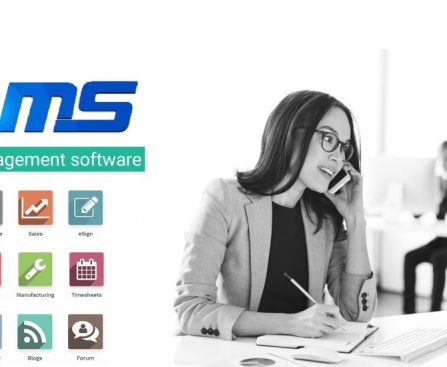This video is about how to sign your delivery orders. After enabling the feature from the configuration setting we can sign the delivery orders in odoo16. This enables to validation of the delivery orders. #odootutorials #odoo16 #odooerp Connect With Us: ——– ➡️ Website: ➡️ Email: info@mycbms.com ➡️ Twitter: ➡️ LinkedIn: ➡️ Facebook: ➡️ Instagram: ➡️ […]
In this video let us see how Odoo can assist you to create a proper income quotation. #odoo16crm Generating quotations in an expert way is very vital for the development of a business. Gone are the days when guides and normal quotations had been used for the business. #odootutorials Now, what is more, vital is […]
The majority of companies are involved in sales and purchases. The effective maintenance of each of these sections may contribute to corporate success. However, we may encounter numerous issues in this area. Odoo assists us in resolving these issues. #odoo16 We shall deal with several units of measurement in our daily lives. Each one also […]
Tree View also known as list view shows multiple records in the form of a list Which looks like a table view with rows and columns. The tree view is defined inside a tree tag. Here in this video, explains about tree view and how to create a tree view in Odoo 16. #odootutorials #odoo16 […]
This video explains the quotation template in Odoo 16. The quotation template feature available in the Odoo platform is a user operation simplification tool that will be helpful in business operations. #odoofunctionalvideos #odoo16 #odootutorials Connect With Us: ——– ➡️ Website: ➡️ Email: info@mycbms.com ➡️ Twitter: ➡️ LinkedIn: ➡️ Facebook: ➡️ Instagram: ➡️ Pinterest: #Odoo #Quotation […]
Incoterms stands for International industrial terms. Fifteen phrases of sale time-honored global in an task of fees and obligations between purchaser and seller. #odooincoterms Basically, Incoterms are change phrases posted by means of the International chamber of commerce(ICC), and that is generally used in each global and home exchange contracts. Incoterms are essentially supposed to […]
Many2many fields in odoo are used to create bidirectional relationships between two different models, which helps to create a table between two different models,any record on one side of the table can access the other one. Here in this video, it shows how can create a many2many field in Odoo 16 #odoodevelopment #odoo16 #odootutorials Connect […]
Tips are a gesture of gratitude and client satisfaction. In a number of businesses, clients regularly provide suggestions to the human beings who served them. #odoo16pos Video Chapters 00:00 Introduction 00:38 Enabling the feature 02:26 Creating new order 03:18 Adding Customer Tips 04:52 Ending Sometimes the Tips will be super in fee and we want […]
This video explains about cleaning the contacts using Deduplication rules in Odoo16. Data cleaning is the process of eliminating unwanted documents such as duplicated, undesirable, irrelevant, and inadequate data from your system. Video Chapters 00:00 Introduction 00:44 Rule configuration 02:54 Create contacts with the same name 04:16 Go back to data cleaning and open our […]
3-Way matching capability is available in available to decide the validity of the seller invoice and to decide whether or not it has to be paid. #odoopurchase #odoo16 The function lets you examine the facts performed on the acquisition order, receipt, and seller`s invoice. It additionally prevents the purchaser from paying faux seller payments. Firstly […]
